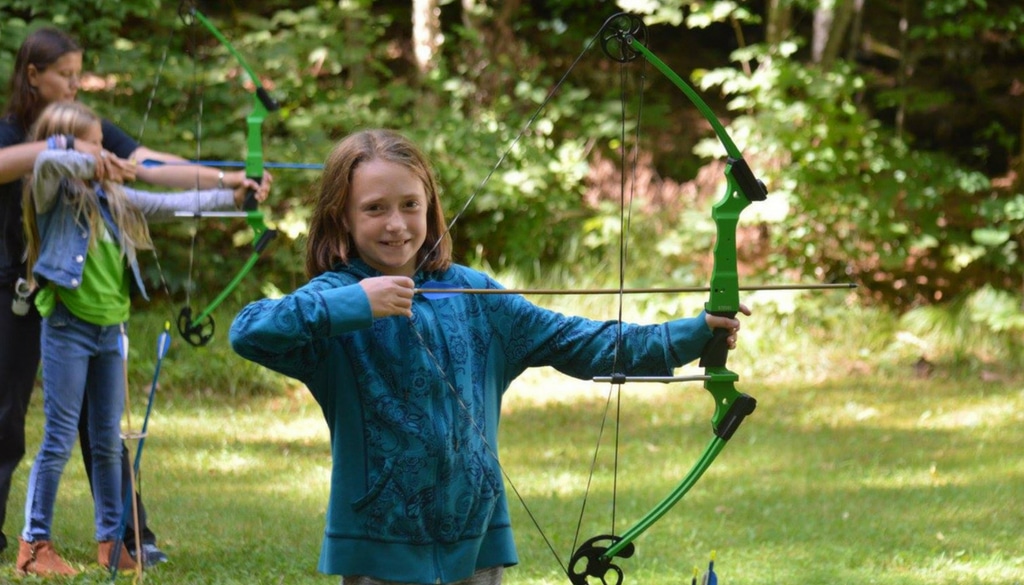Sunday Snippet: Beating the Summer Brain Drain
Ahh, summer. As much as summer is relaxing and fun, it can lead to brain drain in children. Without actively learning, it can become common to lose some of the learning acquired throughout the year. Eric Rasmussen (PhD in Education) provides a few tips and tricks to utilizing technology to continue your child’s learning throughout the summer:
In our house, one of our summer goals is to help prevent the “brain drain” or the summer learning loss that can happen when kids are away from school for three months. To accomplish this, my first instinct as a parent is to unplug all the screens in our house and to simply kick my kids out of the house and tell them to go play. That is, after all, what I did as a kid — and I believe there is immense value for kids in free play, especially outside. In fact, I think it’s necessary that parents allow for such unstructured imaginative play in kids’ summer schedules.
But if the first day of this year’s summer break is any indication, media use can also be a way to inspire curiosity and to help kids learn without them feeling like they’re still in school.
For example, on the first day of summer break, I found my 16-year-old looking up information about sizing and tying pointe shoes for her summer ballet classes. I caught my 14-year-old searching for solutions to a 3-D wooden puzzle that had been sitting on our coffee table. And our 8-year-old spent time playing math games on PBS KIDS.
They didn’t spend all day doing these things. We still got them outside. We still had time for reading books. But it showed me that the secret for summertime media use, as with many other things in life, is balance.
Instead of banning all media this summer or allowing unlimited access to screens, there is a middle way. Strategic use of media can teach our kids and inspire their curiosity. And they may not even know that they’re learning. Let me share a few examples of what I’m talking about:
- Your preschooler wanders around barefoot and stumbles onto an anthill. She comes running to you because an ant bit her foot. After the tears get wiped away and the sting wears off, perhaps you can persuade her to observe the ants. Encourage She’ll soon notice how ants march, what they eat, and how they interact. You can then learn more by going online together to look up information about ants in your area including how many ants live in each colony and what roles do different ants play in the colony. You may both learn something about ants that you didn’t know before.
- Your grade-schooler is just getting into chapter books. “What does this mean?” he says, asking you a question about a word, person, place or idea in the book that is unfamiliar to him. You hop on the internet together to look up more information.
- It’s a warm summer evening, and your child says the two words you dread the most: “I’m bored.” You look at the local TV listings and find that “Nature” or “Wild Kratts” will be on in an hour. You use that as a motivator for your child to get showered and ready for bed. And then you can spend a quiet hour together on the couch, watching a science-based show and learning about tigers, hummingbirds, or volcanoes.
One day, in a few months from now, you’ll wake up one morning and realize that summer break is over. You may be looking forward to, or you may be dreading, the first day of school. But if you can send your child off knowing that they’ve experienced learning both inside the house and outside in nature, you’ll have done something incredible for your child. A curious child is a learning child. And strategic summertime media use can be a valuable tool to engage your child’s brain.
These tips recognize that technology is not always ‘evil’, and can be utilized in ways that promote learning in a fun way.
Source: PBS





